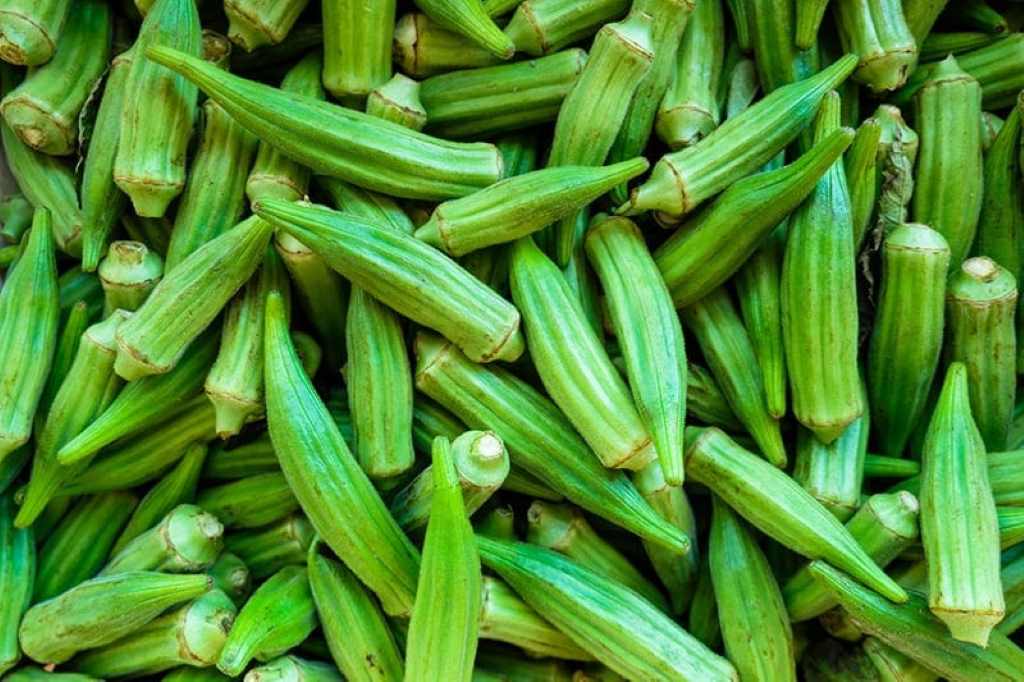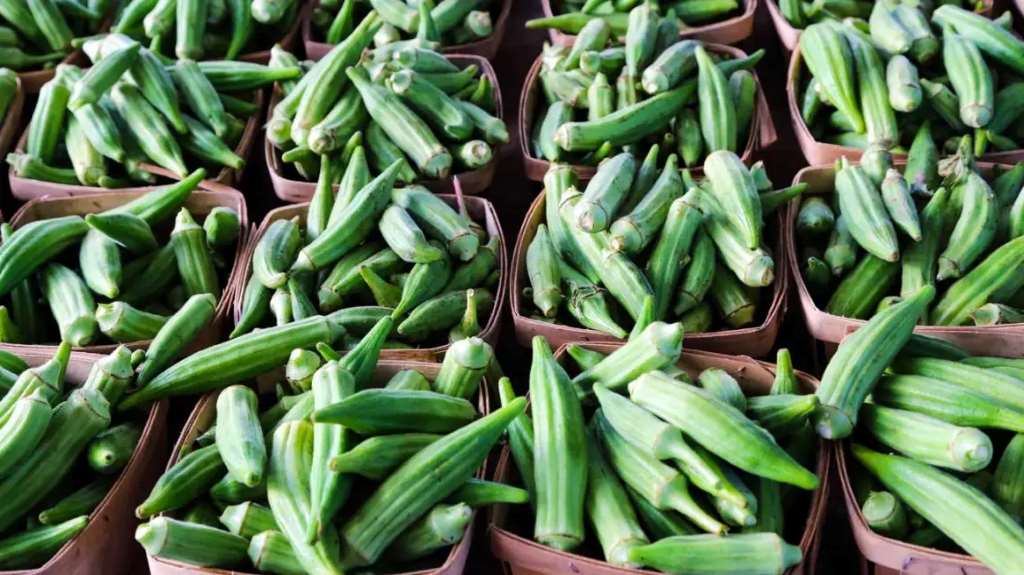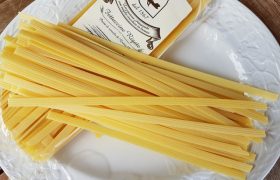Okra, with its distinct taste and mucilaginous texture, is a versatile vegetable that adds a unique dimension to various culinary creations. To ensure the best flavor and texture, proper storage is crucial. For instance, choosing to use frozen whole okra in your dishes can significantly impact the quality, preserving its taste, texture, and overall appeal even after being stored. Let’s delve into how different storage methods affect okra’s flavor and discover the best practices to keep your okra fresh and flavorful.
Understanding Okra’s Unique Flavor Profile
Before exploring the impact of storage methods, it’s essential to appreciate okra’s distinct flavor profile. Okra has a subtle, grassy flavor with hints of sweetness and a slight bitterness. Its texture is characterized by its mucilaginous quality, which can be both appealing and challenging, depending on individual preferences. Proper storage is key to preserving these delicate flavors and textures.
The Impact of Storage on Okra’s Flavor
Various storage methods can affect okra’s flavor in several ways:
- Moisture Loss: Okra is susceptible to moisture loss, which can lead to a dry, fibrous texture and a less vibrant flavor.
- Enzymatic Activity: Enzymes naturally present in okra can cause changes in flavor and texture during storage.
- Oxidation: Exposure to oxygen can accelerate oxidation, leading to off-flavors and discoloration.
- Microbial Growth: Improper storage can promote microbial growth, resulting in spoilage and unpleasant flavors.
Different Storage Methods and Their Effects on Okra’s Flavor
Let’s explore various storage methods and their effects on okra’s flavor and overall quality:
Refrigeration
Refrigeration is the most common method for storing okra. When done correctly, it can help maintain its freshness and flavor for a reasonable period.
- Impact on Flavor: Refrigeration can slow down enzymatic activity and microbial growth, helping to preserve okra’s flavor. However, prolonged refrigeration can cause moisture loss, leading to a less vibrant taste and a drier texture.
- Best Practices: To maximize flavor when refrigerating okra:
- Wash and dry: Wash the okra thoroughly and pat it dry before storing.
- Wrap loosely: Wrap the okra loosely in a paper towel or place it in a perforated plastic bag.
- Refrigerate promptly: Refrigerate the okra as soon as possible after purchase or harvest.
- Consume within 3-5 days: For optimal flavor, consume the okra within 3-5 days of refrigeration.
Freezing
Freezing is an excellent option for long-term storage of okra. It helps to preserve its flavor and texture for extended periods.
- Impact on Flavor: Freezing can cause some changes in texture, making the okra slightly softer. However, it effectively preserves its flavor, ensuring a delicious addition to your dishes even after months of storage.
- Best Practices: To ensure the best flavor when freezing okra:
- Blanching: Blanch the okra briefly in boiling water to deactivate enzymes and preserve its color and flavor.
- Flash freeze: Arrange the blanched okra on a baking sheet and freeze until solid.
- Transfer to airtight containers: Transfer the frozen okra to airtight containers or freezer bags.
- Consume within 8-12 months: For optimal flavor, consume the frozen okra within 8-12 months.
Pickling
Pickling is a popular method for preserving okra, extending its shelf life and adding a tangy twist to its flavor.
- Impact on Flavor: Pickling transforms okra’s flavor, infusing it with the tanginess of vinegar and the warmth of spices. While the original flavor is altered, pickled okra offers a unique and delightful taste experience.
- Best Practices: To ensure the best flavor when pickling okra:
- Use fresh okra: Select young, tender okra for pickling.
- Follow a reliable recipe: Choose a trusted pickling recipe and follow the instructions carefully.
- Store in a cool, dark place: Once pickled, store the okra in a cool, dark place.
- Consume within a few months: Pickled okra can be enjoyed for several months, but its flavor may intensify over time.
Canning
Canning is another method for long-term preservation of okra. It involves sealing the okra in airtight jars and heating them to kill microorganisms.
- Impact on Flavor: Canning can alter okra’s texture, making it softer. However, it effectively preserves its flavor, offering a convenient way to enjoy okra year-round.
- Best Practices: To ensure the best flavor when canning okra:
- Use fresh okra: Select young, tender okra for canning.
- Follow a reliable recipe: Choose a trusted canning recipe and follow the instructions carefully.
- Store in a cool, dark place: Once canned, store the okra in a cool, dark place.
- Consume within a year: Canned okra can be enjoyed for up to a year, but its flavor may change slightly over time.
Drying
Drying is a traditional method for preserving okra. It involves removing moisture from the okra, which helps to prevent spoilage.
- Impact on Flavor: Drying concentrates okra’s flavor, intensifying its natural sweetness and bitterness. Dried okra offers a unique texture and a concentrated flavor experience.
- Best Practices: To ensure the best flavor when drying okra:
- Slice the okra: Slice the okra thinly and evenly.
- Dry in a dehydrator or oven: Use a dehydrator or oven to dry the okra slices until they are crisp and brittle.
- Store in airtight containers: Once dried, store the okra in airtight containers in a cool, dark place.
- Consume within a few months: Dried okra can be enjoyed for several months, but its flavor may change slightly over time.
Additional Tips for Maximizing Okra’s Flavor
- Choose fresh okra: Select young, tender okra with vibrant green pods and firm tips.
- Handle with care: Avoid bruising or damaging the okra, as this can accelerate spoilage and affect its flavor.
- Cook okra properly: Choose cooking methods that complement okra’s flavor and texture, such as grilling, roasting, or sautéing.
Conclusion
Proper storage is essential for preserving the flavor and texture of okra. Different storage methods offer varying benefits and can impact the flavor in unique ways. Whether you choose to refrigerate, freeze, pickle, can, or dry your okra, following the best practices outlined above will help you ensure the best possible flavor experience. So, embrace the versatility of okra and experiment with different storage methods to discover your favorite way to enjoy this delightful vegetable.




